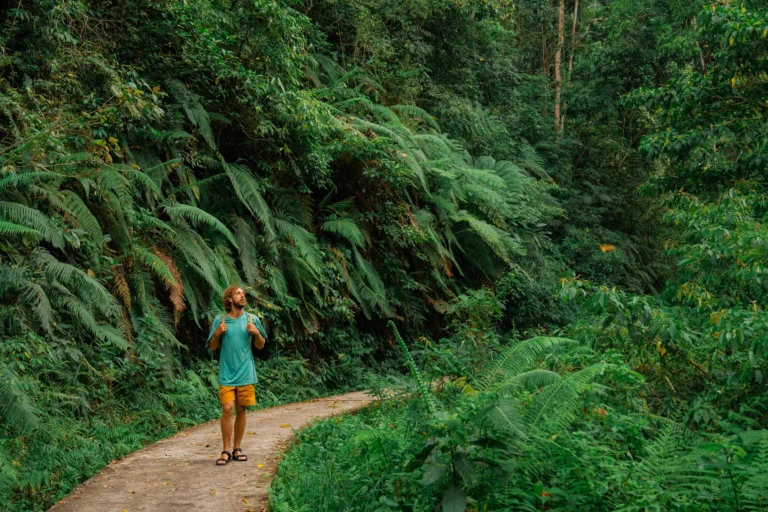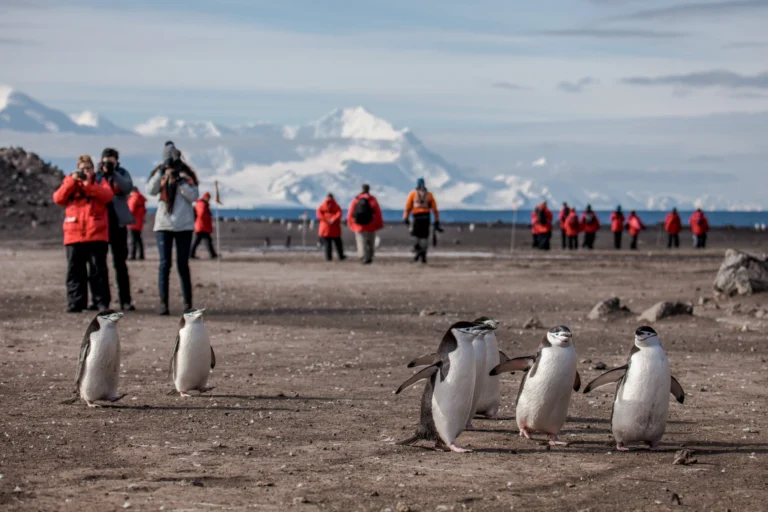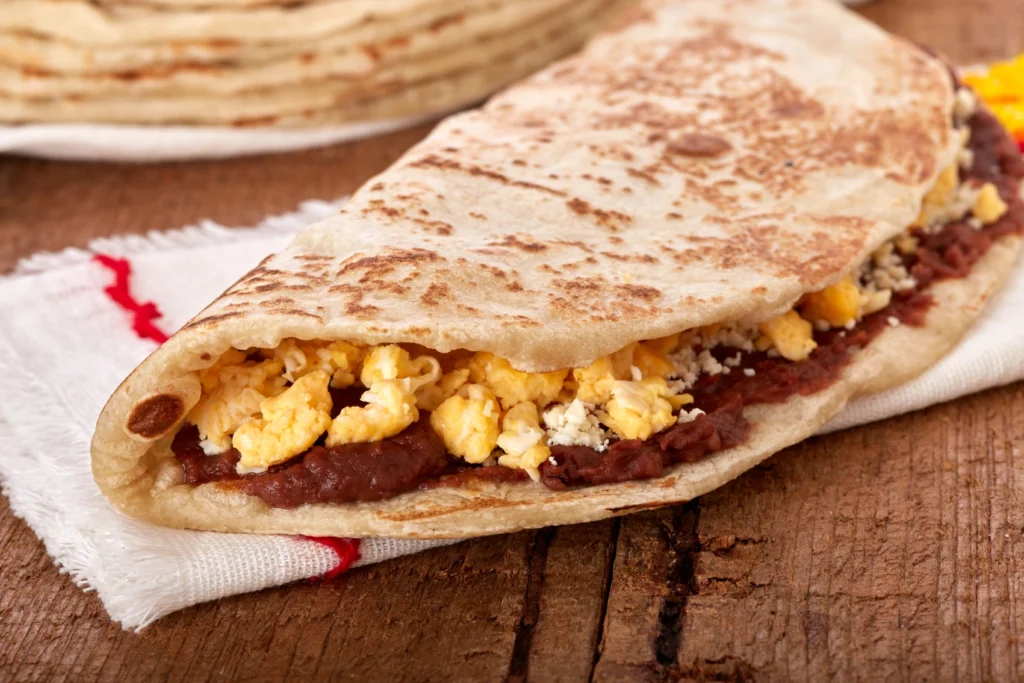
A lesser-visited destination in Central America, Honduras is ready to step out of the shadows and into the spotlight, as visitors flock to this beautiful country to uncover its hidden gems. To help you start your own adventure, we’ve rounded up the best things to do in Honduras. From paradise islands to dramatic mountain landscapes, here’s everything you need to make the most of Central America’s best-kept secret.
Taste Honduran food in San Pedro Sula
The second-biggest city in Honduras, San Pedro Sula is one of the country’s main transport hubs. With the nearby Ramón Villeda Morales Airport serving a range of international destinations, there’s a good chance San Pedro Sula will be the first port of call on your trip. But rather than rush out of the city, think about staying over for a night or two to sample some local Honduran food and drinks.
No trip to Honduras would be complete without tasting baleadas, and nowhere does them better than San Pedro Sula. These thick wheat tortillas are stuffed with refried beans and your choice of cheese, eggs, avocados, and pretty much anything else you can think of. Street stands all over San Pedro Sula sell these cheap snacks, so dig in and enjoy. To wash it down, grab a local beer. There’s a burgeoning craft beer scene in the city, with several bars and breweries offering locally made tipples in trendy taprooms and sunny beer gardens.
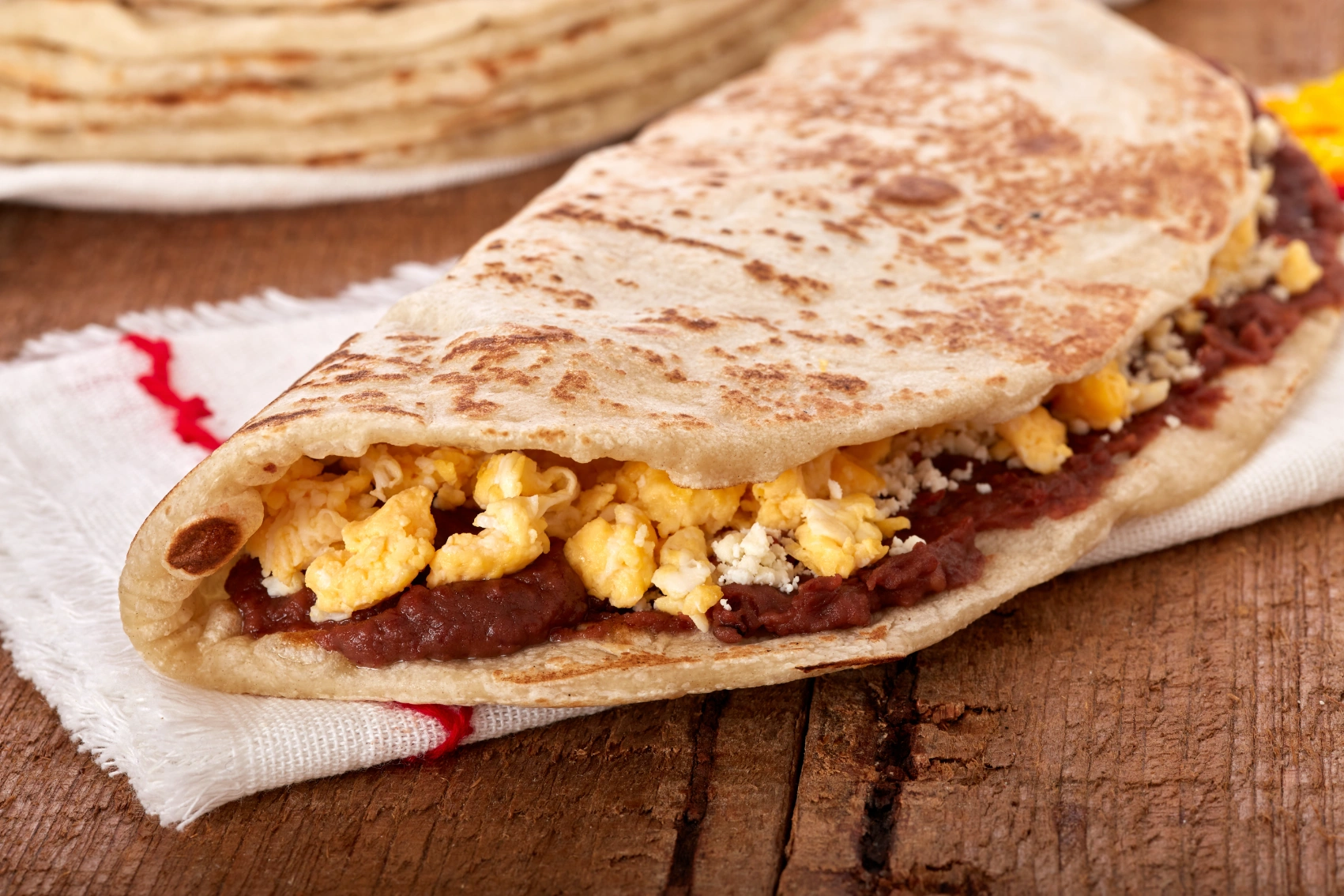
Take in Comayagua’s colonial architecture
Once the capital of Honduras, Comayagua still boasts much of the stunning architecture from its time as the religious and political centre of the country. While the buildings may have faded from their former glory, the city still has an air of quiet grandeur about it, with some of the best architecture you’ll find in the entire country. Head to El Reloj de la Catedral and climb the clock tower for stunning views over the city, and then stroll over to the nearby Plaza Centro for a bite to eat in one of the many traditional Honduran restaurants and cafés. For a deep dive into the city’s history, visit the Museum of Comayagua, home to exhibits and artifacts from throughout Comayagua’s history, as well as a gorgeous shaded garden for some peace and quiet.
Explore Mayan ruins in Copán
Most people don’t think of Honduras when they think of Mayan ruins, but the country boasts some of the most significant archaeological sites on the continent, and none more so than the Copán ruins. Once an ancient Mayan city that dominated the region, the site was home to one of the most important Maya civilizations of all time. These days, it’s a UNESCO World Heritage site, but it’s usually deserted, so you’ll have it pretty much to yourself to explore and channel your inner Indiana Jones.
Away from the ruins, Copán has plenty to offer. Head to El Paseo de los Girasoles (Path of the Sunflowers) to walk among the beautiful yellow flowers and bag that perfect Instagram shot. For more spectacular views, take a taxi to Hacienda San Lucas and take in the sunset over the Rio Copán.
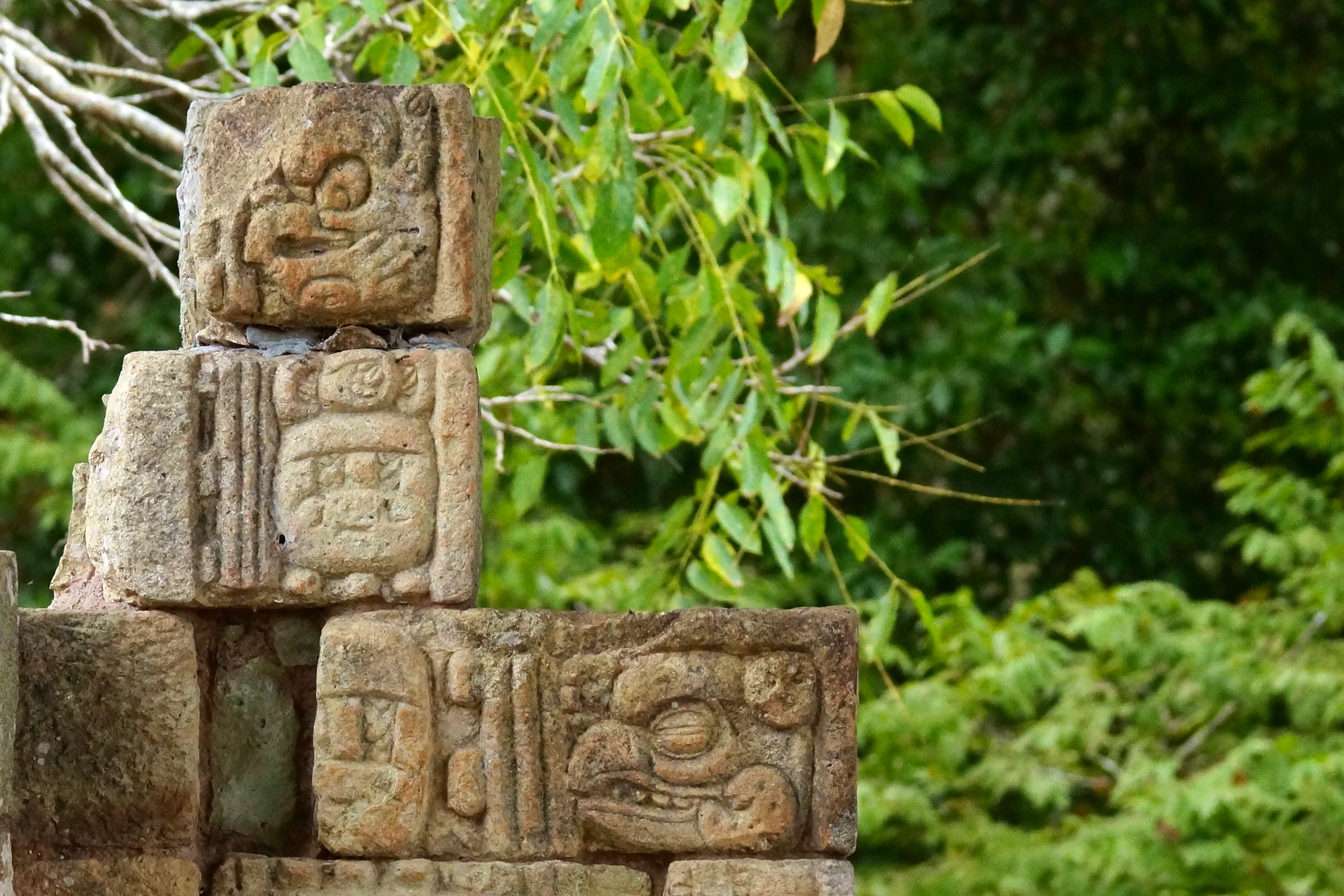
Experience it for yourself on: Basic Central America: Guatemala to Costa Rica
Go island hopping on Cayos Cochinos
Lying about 30km (19 mi) off the Honduras coast is a group of small islands and coral cays known as Cayos Cochinos. They are the definition of paradise. Boasting white sands, tall palm trees, and crystal-clear waters, this unique archipelago has to be seen to be believed. Cayos Cochinos is made up of two main islands, Cayo Grande and Cayo Menor, and 13 smaller coral cays. Some are big enough to stay on, while others are nothing more than a beach and a few palm trees. What they all have in common is incredible snorkelling, so grab your mask and dive in.
Most people stay on the larger Cayo Grande island, though there are options to stay on Cayo Menor and a few of the larger coral cays. You won’t find five-star accommodations here — there’s little running water and electricity — but you will find friendly people and priceless views.
Learn to scuba dive on Utila
One of the most exciting things to do in Honduras has to be scuba diving, and there’s nowhere better for it than the island of Utila. Situated in the Caribbean Sea off the coast of Honduras, this small but mighty island is packed with beautiful beaches, delicious restaurants, wild nightlife, and more scuba diving centres than you’ll ever need. With shipwrecks to explore, dazzling coral reefs to swim through, and rare ocean wildlife to spot, it’s no wonder diving is such a huge part of life here. Take your pick of the dive centres and sign up for taster sessions and courses ranging from a few days to several months. But be warned — the slow, sumptuous pace of island life means people often come for a short stay and never leave.
With so much to do on the island, it’s easy to lose track of time. When you’re not diving, check out the growing range of quality restaurants offering everything from freshly caught seafood to Asian fusion. After dark, a different party is happening pretty much every night of the week on Utila, so get your dancing shoes on and your karaoke songs lined up.
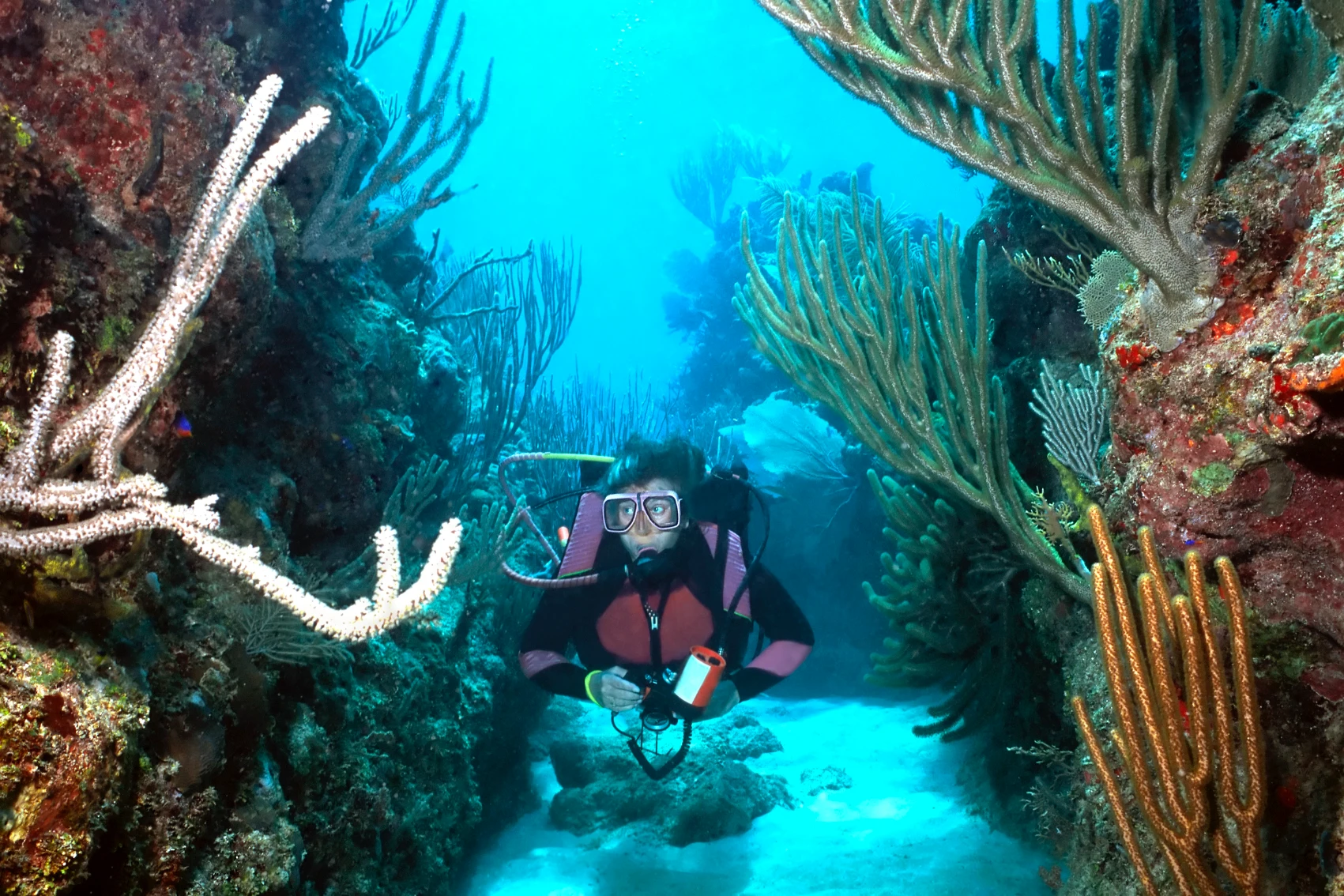
Try river sports in Pico Bonito National Park
If you prefer mountains and woodlands to beaches and palm trees, look no further than Pico Bonito National Park. Established in 1987, the park is an outdoor adventurer’s dream, with hiking, bouldering, cliff jumping, and whitewater rafting. Keep an eye out for elusive jaguars, monkeys, alligators, and more than 300 species of birds. The park has 11 mountains, so the hikes aren’t for the faint-hearted, but your efforts will be rewarded with incredible views at every turn. If river sports are more your thing, head to the banks of the Rio Cangrejal to book a high-octane trip downstream. Pico Bonito has several accommodation options, and it’s close to the port town of La Ceiba, so get off the tourist trail and explore this huge, untapped playground.
Get back to nature on Lago de Yojoa
Tucked away in the west of the country is one of Honduras’s best-kept secrets: Lago de Yojoa. This beautiful body of water is the largest natural lake in the country and is slowly gaining a reputation as one of the best things to do in Honduras. It’s easy to see why. Surrounded by looming mountains, rich forests, and lush fields on every side, Lago de Yojoa is a little slice of serenity on a busy, bustling continent. Despite its burgeoning reputation, accommodations and guided tour options around the lake are still limited. For adventurous travellers who do make it here, the rewards are plenty. Take a canoe out onto the lake to see the birds at dawn, stroll along the 1km (0.62 mi) boardwalk over the wetlands to get up close and personal with local wildlife, or take a bus to the nearby Pulhapanzak waterfall to experience the awesome power of nature.
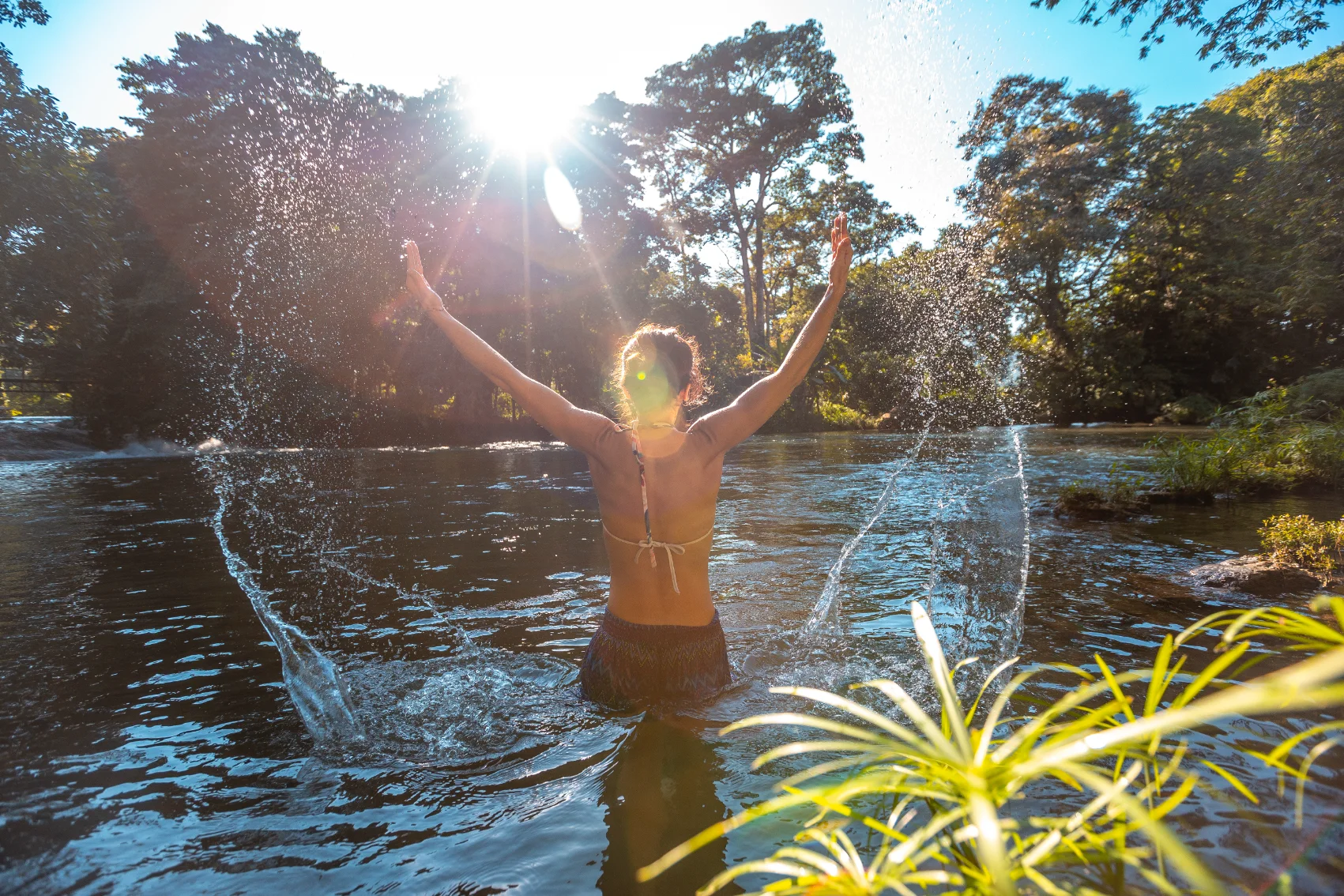
Soak up culture in Tegucigalpa
Honduras’s hard-to-pronounce capital city is the political, cultural, and historical centre of the country. Travellers can find plenty of culture and history as they walk among the colonial buildings and streets that make this city so unique. Start in Plaza Morazán, the central hub of the city, where you’ll find a stunning baroque cathedral and several museums and cultural centres. From there, visit the nearby Museo para la Identidad Nacional to explore the national identity of this unsung, often misunderstood country. When you’re ready for a break, take a taxi to Parque Naciones Unidas El Picacho, a small hilltop park offering calm, serenity, and stunning views of the city.
Watch for birds in Parque Nacional La Tigra
Parque Nacional La Tigra is just 22km (13 mi) from the capital. Covering some 238 sq km (91 sq mi), the park incorporates cloud forest, pine forest, rivers, and waterfalls. You can take a day trip to La Tigra from Tegucigalpa, but to get into nature and make the most of this incredible place, stay for a couple of nights in the campsites and eco-lodges dotted around the park. Besides, you’ll need some time to try and spot a quetzal, the stunning long-feathered turquoise-coloured bird that calls the forests of Honduras home.
Journey into La Mosquitia, Honduras
A journey into the La Mosquitia region of Honduras offers adventure, challenges, and rewards through an ever-changing landscape. Covering the northeast of Honduras and the border with Nicaragua, the area takes in rugged coastline, dense jungle, marshy wetlands, and dry savanna. It’s a vast and sparsely populated part of the country, but getting around is possible — and worth it for those adventurous few who make the journey in. Travelling on foot and by bus, car, and boat, you’ll encounter all manner of wildlife and experience a different way of life in the remote communities that call this place home. It doesn’t get much more off the beaten track than this, but you’ll leave with memories and experiences few else can claim to have.

